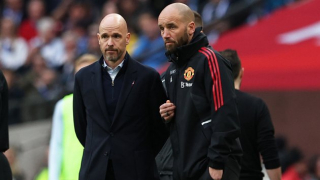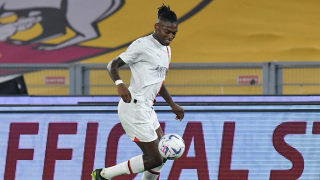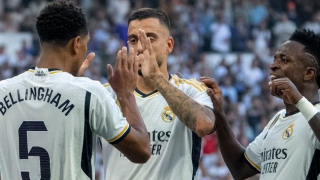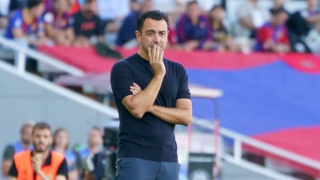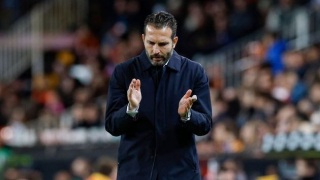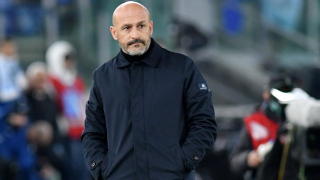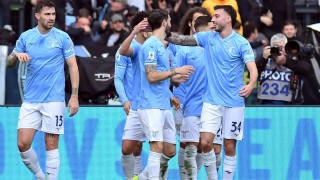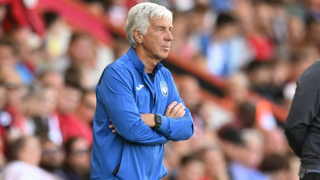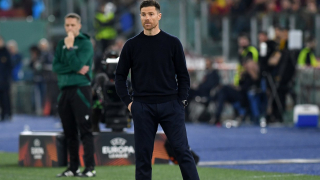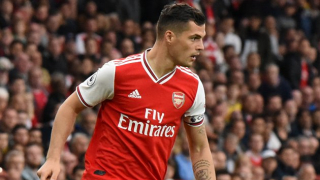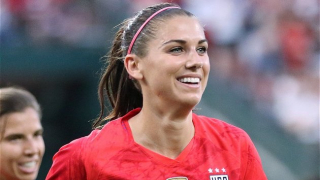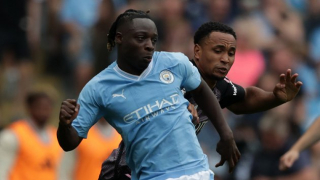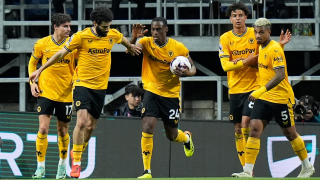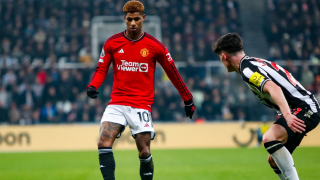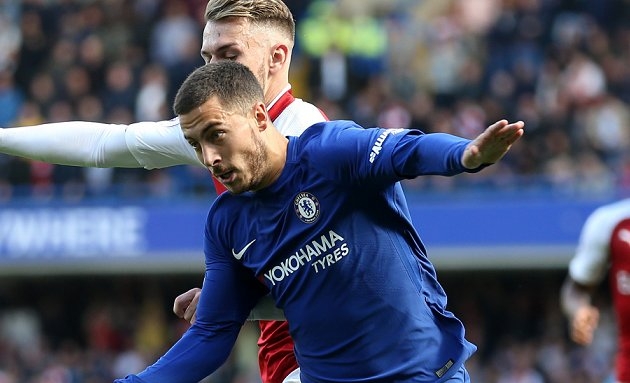Only Germany could match Belgium's record for goals scored in the European section of 2018 World Cup qualification. Roberto Martinez's side hit an incredible 43 goals in 10 games, dropping just two points as they secured their place in the finals with ease. But the team's preparation has been far from perfect.
A 4-3 qualifying win away to Bosnia-Herzegovina showed up their defensive frailties, and friendly performances have been uninspiring. Additionally, Martinez's decision to exclude Roma star Radja Nainggolan for tactical reasons left some scratching their heads.
As a result, Belgium's World Cup prospects are unclear. They sit third in FIFA's world rankings and have copious amounts of talent, but there remains a feeling that this 'golden generation' are more England 2006 than Spain 2010 or Germany 2014.
PROBABLE LINE-UP
(3-4-2-1): Courtois; Alderweireld, Kompany, Vertonghen; Meunier, Witsel, De Bruyne, Carrasco; Mertens, Hazard; Lukaku
Nainggolan's absence from the squad may have been headline news, but he was never likely to start. Despite a brief flirtation with a 3-5-2, Martinez has established the 3-4-2-1 as his base system, with Kevin De Bruyne usually joined by a more conservative operator, such as Axel Witsel, in the centre of midfield. Ahead of them, Eden Hazard and Dries Mertens play just off of Romelu Lukaku.
A lack of wing-backs is no longer an issue thanks to Thomas Meunier's rise on the right and Yannick Ferreira Carrasco's conversion on the left. Between them, Martinez is going to wait as long as possible before making a call on Vincent Kompany's fitness, with the hope being the Manchester City man will be able to join Toby Alderweireld and Jan Vertonghen in central defence this summer.
FINDING SPACE
One of the great difficulties Martinez – as well as his predecessor, Marc Wilmots – has had with this Belgian generation is fitting in all of the individual talent available.
Considering the quality at their disposal, the temptation has always been to crowbar the players into a system that, while allowing them to play, does not suit them collectively. Martinez appears to have made some progress in this respect, as highlighted by his Nainggolan call, but a lack of cohesion has been a problem in friendlies.
Against Mexico last November, the former Everton boss experimented with a 3-5-2 system that saw Hazard supporting Lukaku up front, while De Bruyne joined Witsel and Tielemans in midfield. It didn't quite work, with a lack of structure causing headaches.
There were periods in that match where it was far too easy for the opposition to play through Belgium's first line of pressure. An example of this is shown below, where one Mexico player drops back, unmarked, to receive from the goalkeeper and bypass three Belgium defenders, Hazard, Lukaku and De Bruyne, in the process.
Another issue seen in that friendly was poor build-up. No player within Belgium's back three was comfortable bringing the ball out, primarily because there were no apparent patterns in place for doing so.
Consequently, despite all the individual quality on show, Martinez's side failed to control the game, gaining just 44 per cent of possession on their way to a chaotic 3-3 draw.
That their best moments in that match came in attacking transition only underlined their aforementioned issues in organised possession. Space tends to appear more naturally in transitions, so the passing moves required to open it up aren't so complex. In these instances, Belgium's individuals were able to come to the fore as they counter-attacked the space available.
For friendlies against Saudi Arabia and Portugal this year, Martinez reverted back to the 3-4-2-1 he came to favour during qualifying. While teething problems remain, the results have been positive – not only has his side's man-oriented midfield pressing game appeared less vulnerable, but on the evidence available they are becoming less reliant on counter-attacking to break their opposition down.
ORGANISING THE INDIVIDUALS
Belgium's 3-4-2-1 system often sees four players connect in and around the centre of the middle third. The two central midfielders, often De Bruyne and Witsel or Mousa Dembele, are joined by the two inside forwards, Hazard and Mertens, creating a dangerous offensive quartet. One of the reasons this setup so productive is that the players operate at different depths on the pitch.
Portugal's midfielders, lined up in a flat 4-4-2, had the difficult task of pressing De Bruyne and Dembele whilst simultaneously covering Hazard and Mertens. At times the movement and positioning of the Belgian players proved too much to cope with, as seen below. Dembele attracts the attention of the Portuguese midfield, and Hazard takes up the space between Portugal's midfield and defensive lines to receive possession.
The attacking formation that Belgium take up is problematic for opponents, though there is more to their game than a simple shape. The central midfielders and inside forwards consistently look to overload their opposition in midfield to try and create a free man or to get in behind.
An example of this is seen below. Kompany completes a one-two with De Bruyne, which leads a Portugal midfielder to pressure De Bruyne. This simple passing sequence creates space behind said Portugal midfielder, which Hazard drifts into.
Martinez has done something Wilmots was never quite able to do, which is get the best out of his star players. He has shown understanding of the roles De Bruyne and Hazard have played at Manchester City and Chelsea over the last two seasons, allowing them to thrive similarly within the 3-4-2-1.
De Bruyne has a deeper role within his system. Having previously played as an attacking midfielder or winger, he now brings greater quality to the team's build-up from the back. His precise passing and ability to recognise the runs of those ahead of him is crucial to Belgium's ability to progress possession effectively.
As for Hazard, he now operates in and around the left inside channel, thriving on the uncertainty his position gives opposition defences. In the example above, against Portugal, his receiving in this space forces the opposing right winger to pressure him, leading to a 1v1 situation between the Belgium left wing-back and the Portuguese right-back.
There are signs that Martinez is forming a coherent unit from his star-studded cast, and that should worry his international managerial rivals this summer. When considering that this Belgium side are better than the 2014 and 2016 editions that reached the World Cup and European Championship quarter-finals respectively, it's not too bold to suggest they could reach the last four this summer.
Read The Secrets of Success - World Cup Edition: How Messi can lead Argentina and win the missing trophy

